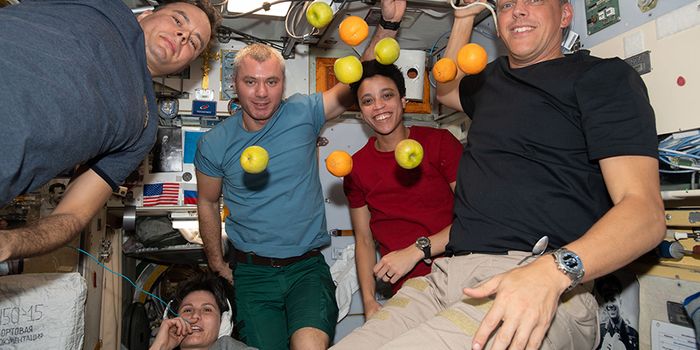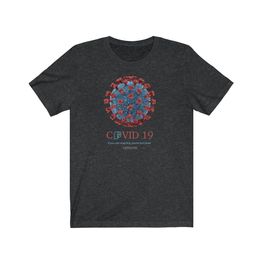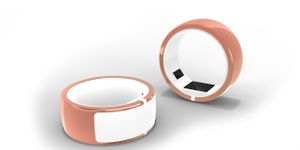A Second Patient Cured of HIV: Are We Close to a Cure for Everyone Infected?
There is a consensus that the first HIV infection occurred in the 1920s in Kinshasa, the Democratic Republic of Congo when it was passed to humans from a chimpanzee. Sporadic cases were seen before the 1970s, but the current pandemic is believed to have begun in the mid-to-late 1970s with an estimated 100,000-300,000 people possibly already infected. By the end of 1981, there were 270 reported cases in gay men who presented with severe immune deficiency, Pneumocystis jirovecii pneumonia, and Kaposi's sarcoma, which were extremely rare at that time; 121 of those men died, which was a rate of almost 45%. In 1987, the first antiretroviral, AZT, was approved by the FDA, and in 1995, the first highly active antiretroviral treatment (HAART), a protease inhibitor, was incorporated into clinical practice.
Although the search for a vaccine or cure for HIV/AIDS has remained elusive, there are now two people who are reported to be cured of this devastating disease. On March 4, 2019, The New York Times reported that a study to be published the next day in the journal, Nature, details a second patient who has been cured of HIV through a stem cell transplant. The man, who wishes to remain anonymous and has been called the "London patient," received the stem cell transplant to treat Hodgkin's lymphoma and not HIV. He stopped taking his HAART drugs in 2017 and remains disease-free. "Learning that he could be cured of both cancer and H.I.V. infection was “surreal” and “overwhelming,” he added. “I never thought that there would be a cure during my lifetime.”
The news of the "London patient" comes exactly 12 years after Timothy Ray Brown, then known as the "Berlin patient" was reported to be cured of HIV after receiving two stem cell transplants for the failure of chemotherapy to stop his leukemia. The procedures then required him to take strong immunosuppressants that almost caused his death.
“He was really beaten up by the whole procedure,” said Dr. Steven Deeks, an AIDS expert at the University of California, San Francisco, who has treated Mr. Brown. “And so we’ve always wondered whether all that conditioning, a massive amount of destruction to his immune system, explained why Timothy was cured but no one else.”
While the "London patient's" transplant was the same, the immunosuppressant drugs that are now available aren't as harsh and destructive to the immune system.
“I think this does change the game a little bit,” said Dr. Ravindra Gupta, a virologist at University College London who presented the findings at the Seattle meeting. “Everybody believed after the Berlin patient that you needed to nearly die basically to cure H.I.V., but now maybe you don’t.”
Both patients received transplants from a donor who had the HIV-resistant mutation, CCR5. Most people with this mutation are of Northern European descent. IciStem, an international collaboration to guide and investigate the potential for HIV cure by Stem Cell Transplantation, maintains a database with 22,000 donors with the CCR5 mutation. They're currently following 38 HIV patients who have had stem cell transplants from these donors.
Researchers have repeatedly tested the "London patient" for signs of the virus, and only one out of 24 tests indicated that there might be infection; however, it's considered to be contamination.
“I’m not sure what this tells us,” said Dr. Anthony Fauci, director of the National Institute of Allergy and Infectious Diseases. “It was done with Timothy Ray Brown, and now here’s another case — ok, so now what? Now, where do we go with it?”
Gene therapy is one possibility to eliminate the CCR5 receptors on immune cells. There are several companies who have been researching gene therapy with no success. Even if they are successful in curing patients with HIV infections sensitive to the CCR5 mutation, this only comprises about 50% of all infections. Another form of HIV called X4 uses a different protein, CXCR4, to enter immune cells. Because of this, HIV prophylaxis is needed to prevent re-infection with the other strain. Both Timothy Brown and the "London patient" are taking PrEP to prevent an X4 infection.
While there is no guarantee that the "London patient" will remain in remission, only time will tell. And hopefully, researchers will make advances and discover a treatment and cure for every HIV patient based on knowledge gleaned from these two patients.
"Mr. Brown says he is hopeful that the London patient’s cure proves as durable as his own. “If something has happened once in medical science, it can happen again,” Mr. Brown said. “I’ve been waiting for company for a long time.”
-
APR 30, 2024Immuno-Oncology Virtual Event Series 2024
-
MAY 07, 20243rd International Biosecurity Virtual Symposium
-
JUN 06, 2024The Future of Scientific Conferencing
- See More

















































